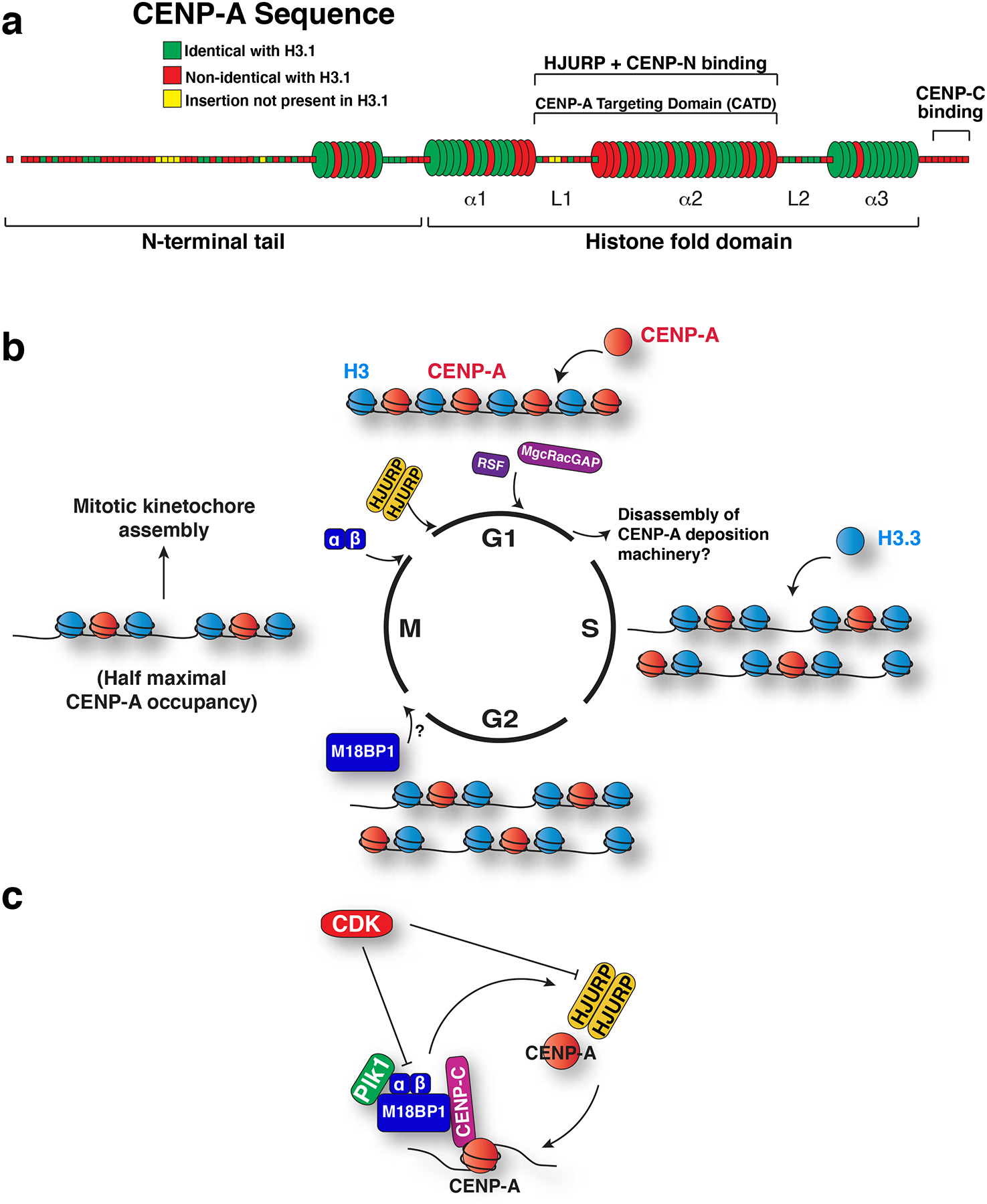Figure 3. Specialization and propagation of CENP-A.

a) Model of human CENP-A primary and secondary structure showing conservation with histone H3. Each segment corresponds to a single amino acid, and is colored according to its conservation with human H3.1 as indicated. The first N-terminal amino acid, shown detached, represents the cleaved initiator methionine. Barrels represent alpha helices, and rods represent loops. Within the histone fold domain, the helices are designated alpha1 through alpha3, and the loops are designated L1 and L2. L1 and alpha2 comprise the CENP-A targeting domain, which is sufficient to target CENP-A to centromeres due to its interaction with the CENP-A chaperone, HJURP. This region also binds to CENP-N81 and is important for CENP-C recruitment76, 84. CENP-C also binds to the C terminal residues of CENP-A80, 82, 83. b) Model for the changes to CENP-A chromatin over the cell cycle. The timing of the localization of the CENP-A deposition factors is indicated. At S phase, existing CENP-A is partitioned between the replicated sisters, and gaps filled with histone H3.3. Although centromere localization of M18BP1 precedes recruitment of Mis18alpha and beta116, the precise onset of its localization has not been established. By mitosis, M18BP1 localizes to centromeres, followed by Mis18alpha and Mis18beta at mitotic exit. An HJURP dimer215 is recruited in early G1 to direct new CENP-A deposition. New CENP-A is stabilized in late G1 by MgcRacGAP and RSF1. Defining the mechanisms that remove these assembly factors once CENP-A deposition is complete also remains an important open question. c) Model for the two-step regulation of CENP-A deposition. CDK prevents CENP-A deposition outside of G1 phase by inhibiting Mis18 complex localization, Mis18 complex assembly and HJURP recruitment. Plk1 binds to the Mis18 complex to promote CENP-A deposition at centromeres during G1.
